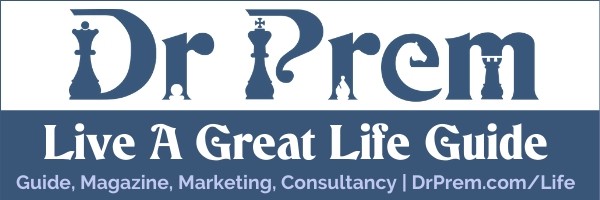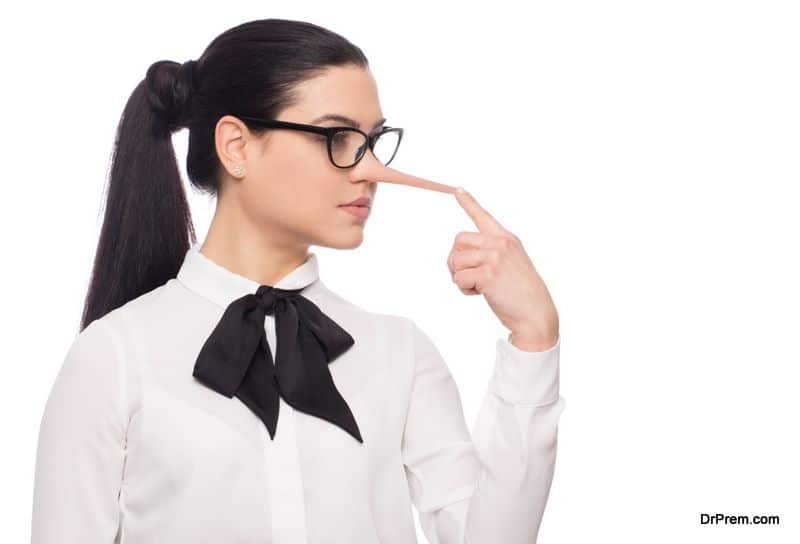Psychologists believe there are a number of ways you can tell if someone is telling a lie. A fake smile that only involves the mouth, a change of pitch in the vocal tone, and touching the mouth or nose are all signs that someone might not be telling the truth. Most people, however, believe that the most effective way to tell if someone is lying is to look at their eyes.
But can we really tell whether someone is trying to deceive us by simply watching what their eyes do, or are these popular theories nothing more than old wives’ tales? These are a few of the ways people think they can tell if someone is lying, and the science that proves whether those ideas are fact or fiction.
Liars blink more
Scientists reporting in the Journal of Non-verbal Behaviour found that a liar’s blinking rate differed to people telling the truth. A liar’s blink rate slows down when answering a question, but speeds up to around 8 times the normal rate after they’ve told the lie.
However, just because someone starts blinking quickly doesn’t necessarily mean they’re lying – for a start, they might just feel under pressure if you’re interrogating them! Furthermore they might just have a medical condition that causes them to drink excessively, such as dry eye.
Dilation
Ever wondered why some professional poker players wear sunglasses at the table? It’s not because they’re trying to look super cool, and it’s certainly not to protect their eyes from the sun – it’s because when you lie (or bluff in the case of poker players) your pupils dilate. Even the most skilful poker player would have trouble trying to stop their pupils from dilating, so if you see the black of someone’s eyes getting larger it could be because they’re concentrating on coming up with a believable lie – or because they don’t want you to know they have a straight flush.
However, being able to spot these changes might be more difficult than you think, as ‘the pupil response to cognitive and emotional events’ is ‘generally only a change of about half a millimetre, which is usually too small for the naked eye to notice!
Eye contact
‘Look me in the eye and tell me you don’t love me,’ is a popular line used by lazy, unimaginative scriptwriters. While there’s a belief in popular culture that liars can’t maintain eye contact, it’s not based in any kind of scientific evidence. Six studies found that lying had no effect on ‘gaze aversion’ (which is a fancy way of saying not being able to hold eye contact to you and me).
There is an exception to this rule however – if a child tells you a lie they’ll probably be unable to look you in the face because of their guilt. However, as kids get older and realise that society considers lack of eye contact a tell-tale sign of a lie they learn to keep hold of someone’s gaze. This is why people may actually overcompensate when telling a lie by holding eye contact more firmly than usual.
Eye direction
According to neuro-linguisting programming (a type of psychotherapy devised by Richard Bandler and John Grinder in America in the 1970s) when right-handed people make up lies they tend to look up and to the right, whereas if they are recalling a real memory they look up and to the left.
However, scientists from Edinburgh and Hertfordshire University conducted a study in 2012 that showed this theory, which has since become a commonly held belief by many people, is nothing but a myth.
Resources:
http://www.bbc.co.uk/news/uk-scotland-edinburgh-east-fife-18812072
Written by human lie-detector Matt Harris from Feel Good Contact Lenses.






